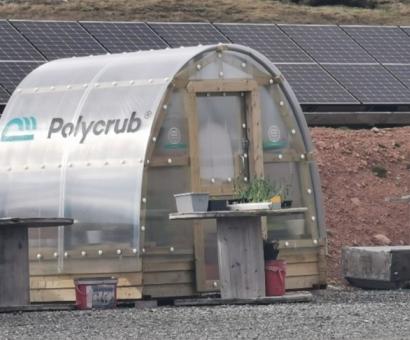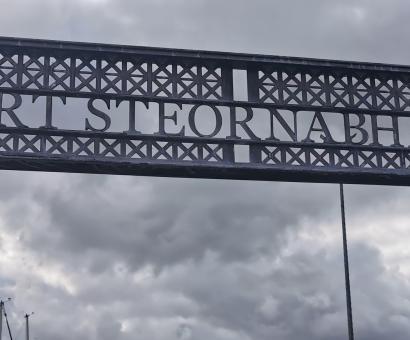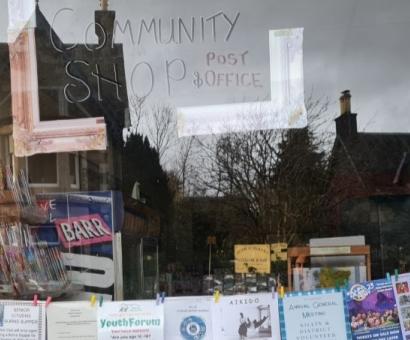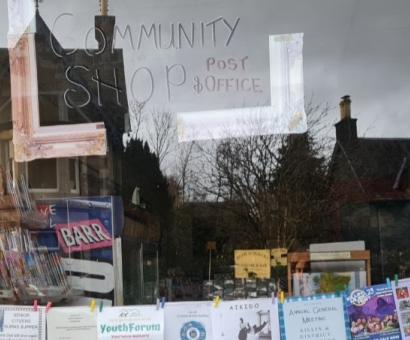What is Community Wealth Building?
"Community wealth building reorganises local economies to ensure they are best placed to tackle the inequalities and disadvantages that are now, more than ever, so acutely felt by people across the UK" (Power and Goodwin, 2021).
Community wealth building (CWB) is an idea that started in the USA about 10 years ago (the Democracy Collaborative in the USA and the Centre for Local Economic Strategies in the UK are great resources). Its goal is to keep as much money as possible within the local economy. CWB focuses on using the power and economic influence of local organisations, known as anchor institutions. These institutions often play a key role in local economies for several reasons:
- they often own land and buildings
- they are often major employers
- they have significant spending power
- they are closely connected to the local area
Examples of anchor institutions in Scotland include local councils, NHS Boards, universities and colleges, enterprise agencies, housing associations, community planning partners, large local businesses, and non-profit organisations.
The 'Preston Model' is a good example of how the CWB approach works in cities. Since it started in 2012, it has helped create more local jobs and set up co-operatives in the local economy. Preston is now seen as one of the most improved areas in the UK. Many other places, like Liverpool, North of Tyne, and some London Boroughs, have followed its example.
In Preston and Lancashire, key groups like Preston City Council, University of Central Lancashire, Community Gateway Housing Association, and Lancashire Constabulary have been important. The success of the Preston model can be seen in several ways:
- more local spending by these key groups
- new worker-owned co-operatives in areas like catering and technology
- all Preston City Council staff being paid the Living Wage, with other local employers encouraged to do the same
- better focus on local skills and jobs through education and training
In Scotland, the CWB approach is being used to address differences in wealth and to create a fairer society. The 'place principle' and focus on local policies highlight the importance of working together among groups that provide services and manage assets.
CWB in Scotland is guided by five main principles (see Table below). These are already well-known in many parts of Scotland, even if not always called CWB.
| Principle | Description |
| Progressive procurement | Developing local supply chains of businesses likely to support local employment and keep wealth within local communities |
| Fair employment and just labour markets | Using anchor institutions to improve prospects of local people |
| Shared ownership of the local economy | Supporting and growing business models that are more financially generative for the local economy |
| Socially just use of land and property | Developing the function and ownership of local assets held by anchor organisations, so local communities benefit from financial and social gain |
| Making financial power work for local places | Increase flows of investment within local economies by harnessing and recirculating the wealth that exists |
There is a strong push to follow these principles, with plans to introduce a Community Wealth Bill in the Scottish Parliament. This builds on lessons from six CWB pilot areas across Scotland (Clackmannanshire, Fife, Glasgow City Region, South of Scotland, and Western Isles) and aims to include CWB ideas in future land reform laws. The CWB principle is also part of the National Strategy for Economic Transformation (NSET), showing the Government's plan to support local economies and wellbeing.
You can read more in the report accessed below as well as how the CWB principles can be applied in rural and island contexts.
Authors: Jayne Glass and Jane Atterton. >Funded by the Scottish Government Strategic Research Programme 2022- 2027. SRUC-E1-1: Novel insights on Scotland’s rural and island economies (NISRIE)
The report can be accessed through the download link below or from DOI: https://doi.org/10.58073/SRUC.22226254.v2









